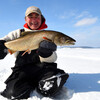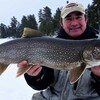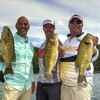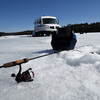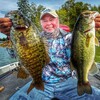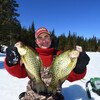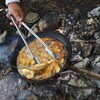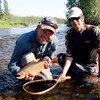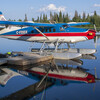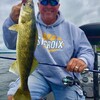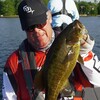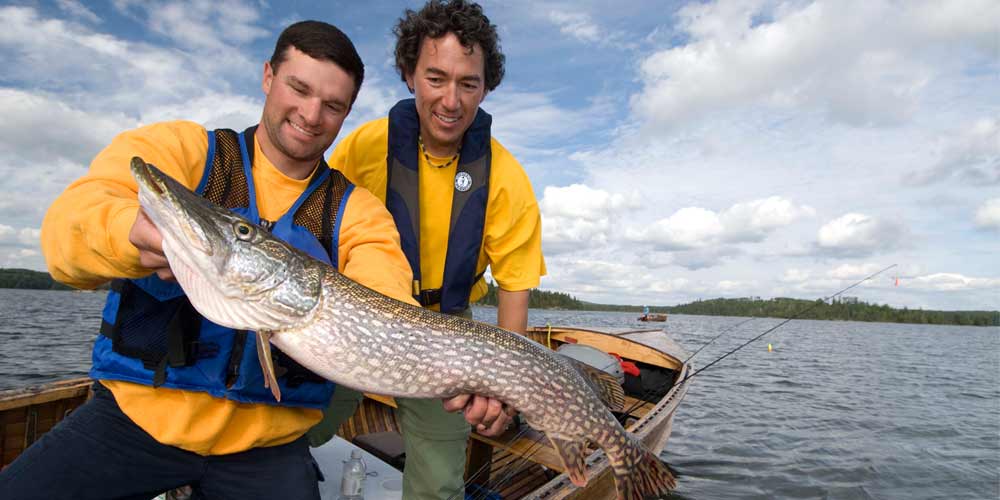Winterizing Outboard Motors
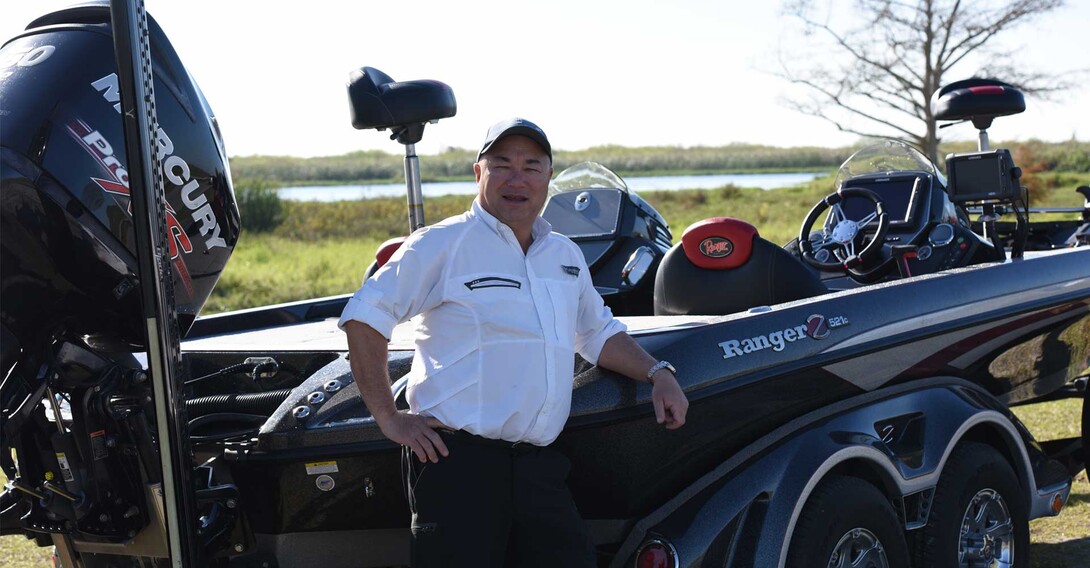
With the investment anglers have in their boats and motors, it’s surprising to see the number of people who have problems on the season's first trip, especially when a little maintenance in the fall would all but eliminate them. Sitting under a pile of snow all winter can really take a toll on an outboard motor and, regardless of how well your engine worked last season, without a little care before winter, you’re setting yourself up for trouble next year.
Here are a few easy things you can do to help keep your motor in good shape through the winter so it’s ready to go next spring.
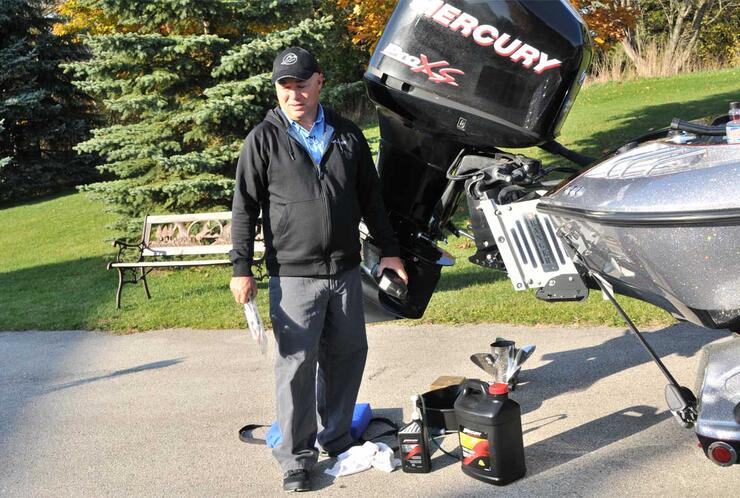
Change the Lower Unit Oil
The first thing to do is change the oil in the lower unit. This ensures that
- There is no water in the gear case that could freeze and cause a crack
- Can alert you to any potentially serious internal problems.
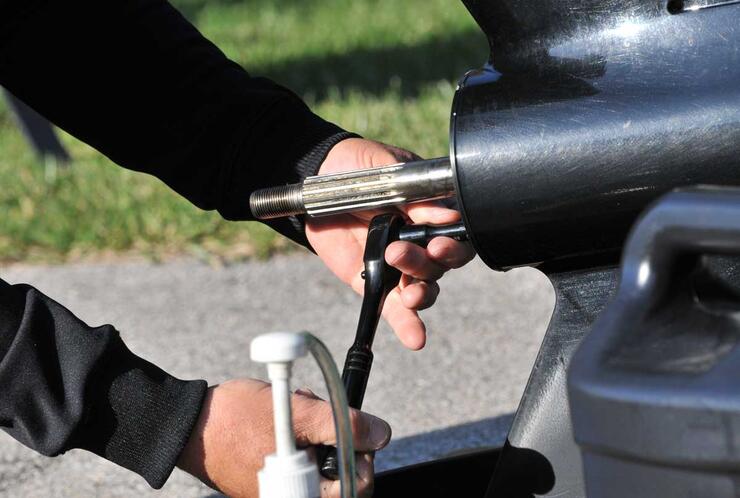
Change the Gear Oil
To change the gear oil, start by tilting the engine into the “down” position so that it is as vertical as possible. Place a catch-tray under the engine and locate the two or three screws on one side of the lower unit housing. If you have a large outboard, you may need to remove the propeller to access the lowest of these.

Remove the bottom screw first, then the top one(s) and let all the oil drain out of the gear case. The lower plug will have a small magnet on it that is there to attract any metal filings that may have worn off the gears. A few filings are normal, but if you notice an unusually high amount of them it could be a sign of pending engine damage—have the engine checked by a professional. While you have the plugs out, replace the small gaskets on all of them and clean off any debris.
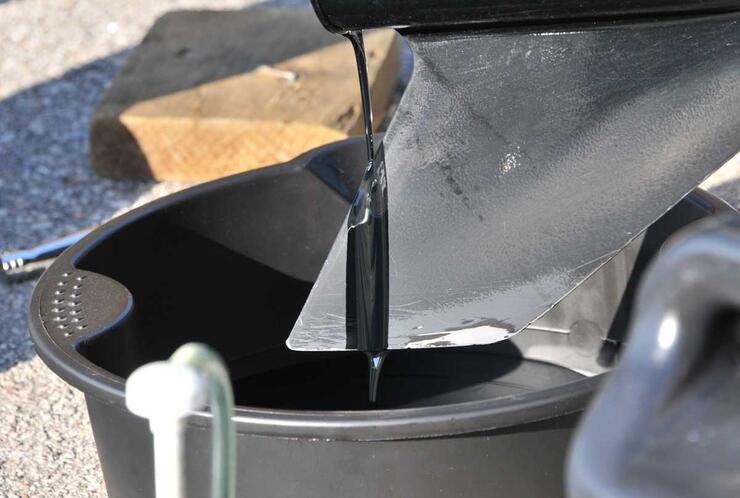
While the oil is draining, take a look at its colour. The old oil should look like old oil; if it looks whitish and creamy, it’s a sign that water has been getting into the engine somehow. Water in the gearcase is a guaranteed recipe for disaster so, if the old oil doesn’t look right, take the engine to a dealer and have it checked.

Once the old oil has drained, re-fill the gearcase with the manufacturer’s recommended oil. Always fill the gearcase from the bottom hole and keep pumping it in until oil begins to ooze from the top hole.
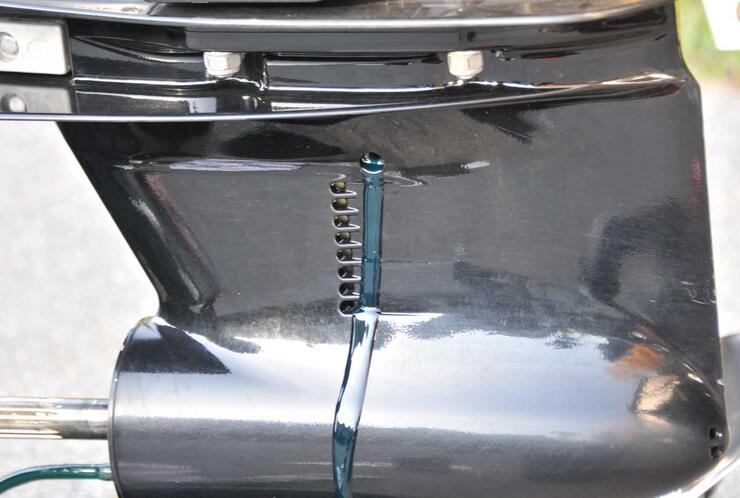
When you see oil coming out of the top hole, re-install the upper plug(s) to create a vacuum. Then remove your oil pump or tube of lubricant and quickly re-install the lower plug.
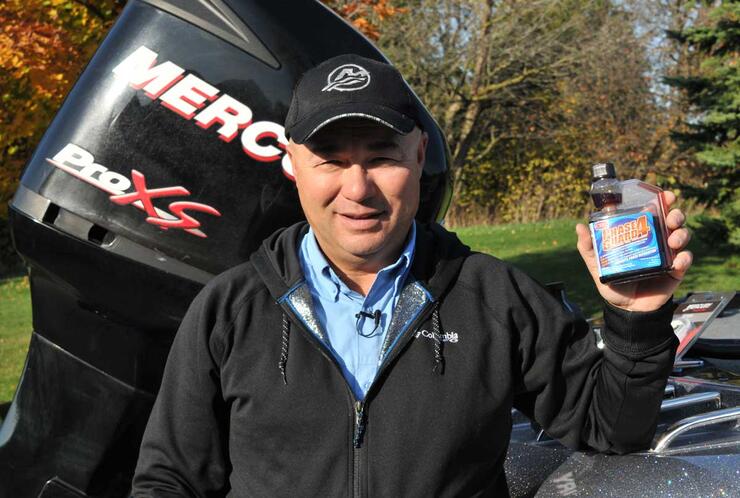
Fill the Gas Tank and Add Fuel Stabilizer
Next, fill the gas tank(s) and add fuel stabilizer if the boat won’t be used for several months. This eliminates the possibility of condensation forming inside the gas tank, which could contaminate the fuel and possibly foul the engine. The stabilizer will also prevent the fuel from breaking down and becoming gummy, which can happen to untreated fuel in as little as three months.
Don't Forget These Motor Winterizing Tasks
- It’s a good idea to change the spark plugs every season too, especially if you use your rig a lot, and by doing it in the fall, you’ll ensure an easy start-up in the spring.
- Finally, take a grease gun and give a squirt to any of the grease fittings on the engine. Visually check the engine, especially around the propeller, and remove any fishing line, vegetation, etc.
- Give the motor a quick wash to keep it looking good, cover it up, and you’ll be all set to go when next spring rolls around.
Recommended Articles
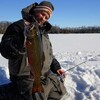
Shoreline Strategies
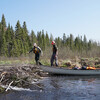
Algonquin Brook Trout
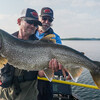
Lake Temagami Fishing
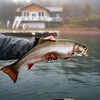
Casting for Coasters
Expanding Your Horizons
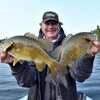
Bobber-Whacky Magic
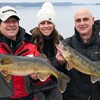
The Joy of Fishing
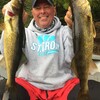
Fishing the Marten River
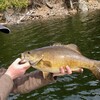
Top 5 Flies for Smallmouth Bass

Fly Fishing The Nipigon River: What To Bring
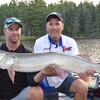
Tamarack Muskies
Baits for Brookies
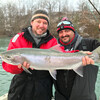
World Class Fishing on the Niagara River
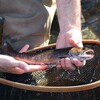
In Search of Solitude and Wild Brook Trout
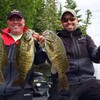
Four Seasons of Bass in Ontario
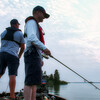
Batchawana Bay Smallmouth Bass

Lac Seul Outpost Adventure
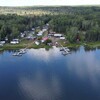
Whitefish Lake Walleye

Fishful Dreams Do Come True


